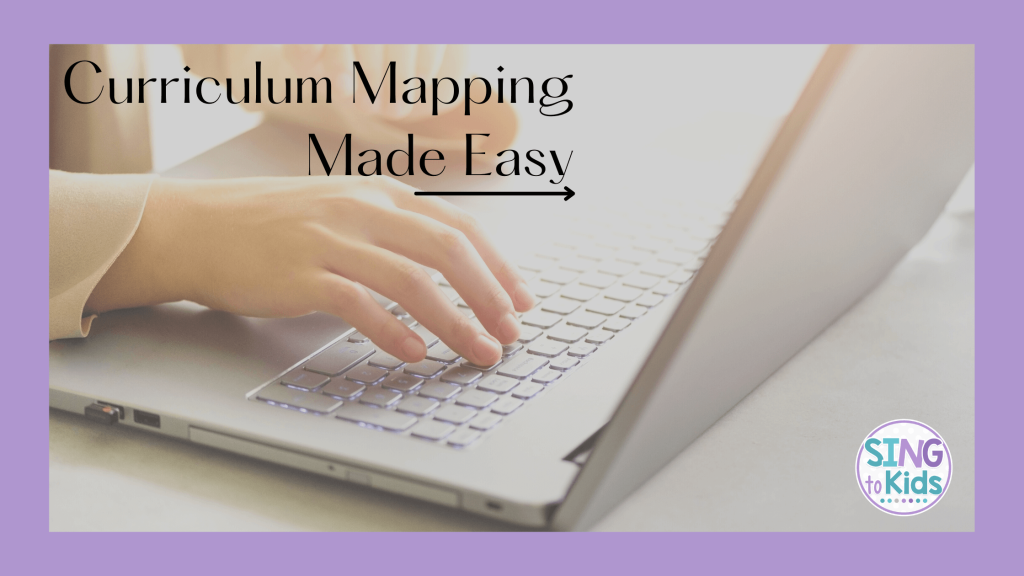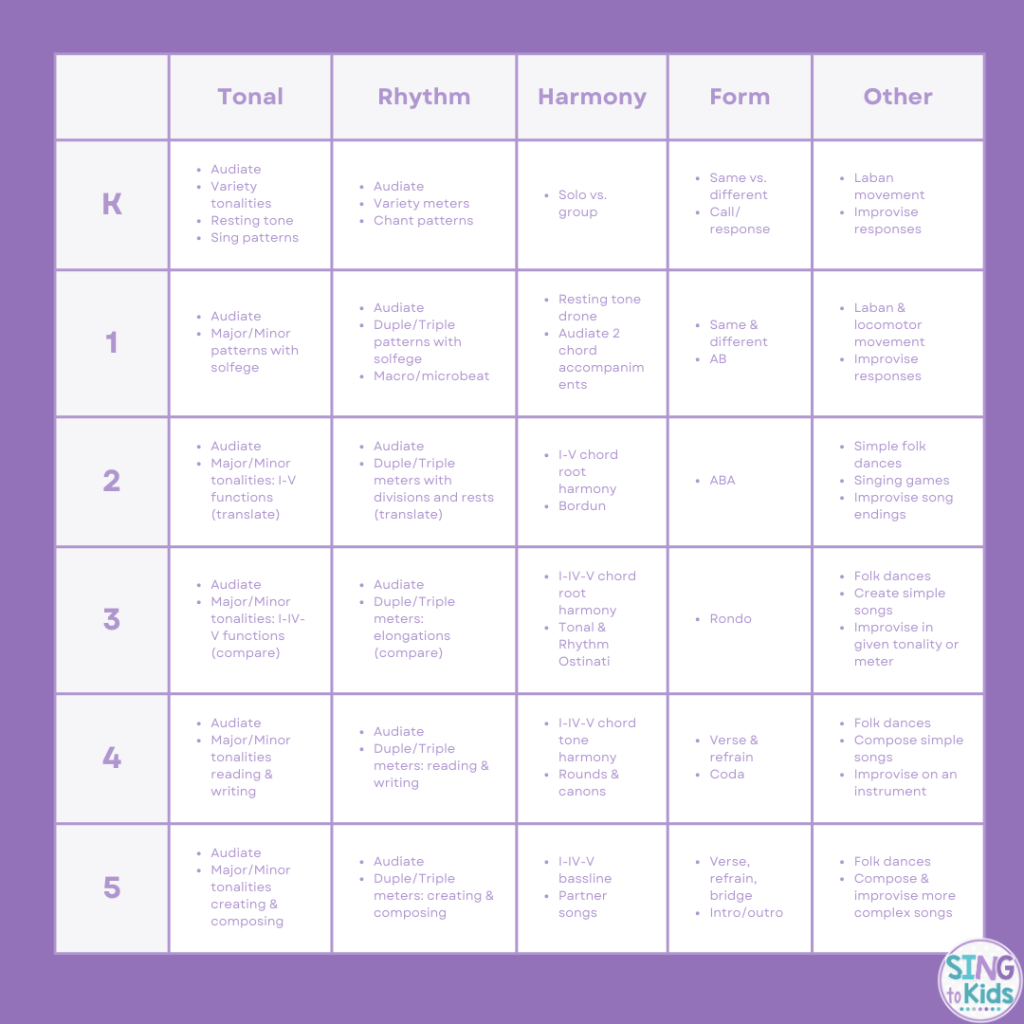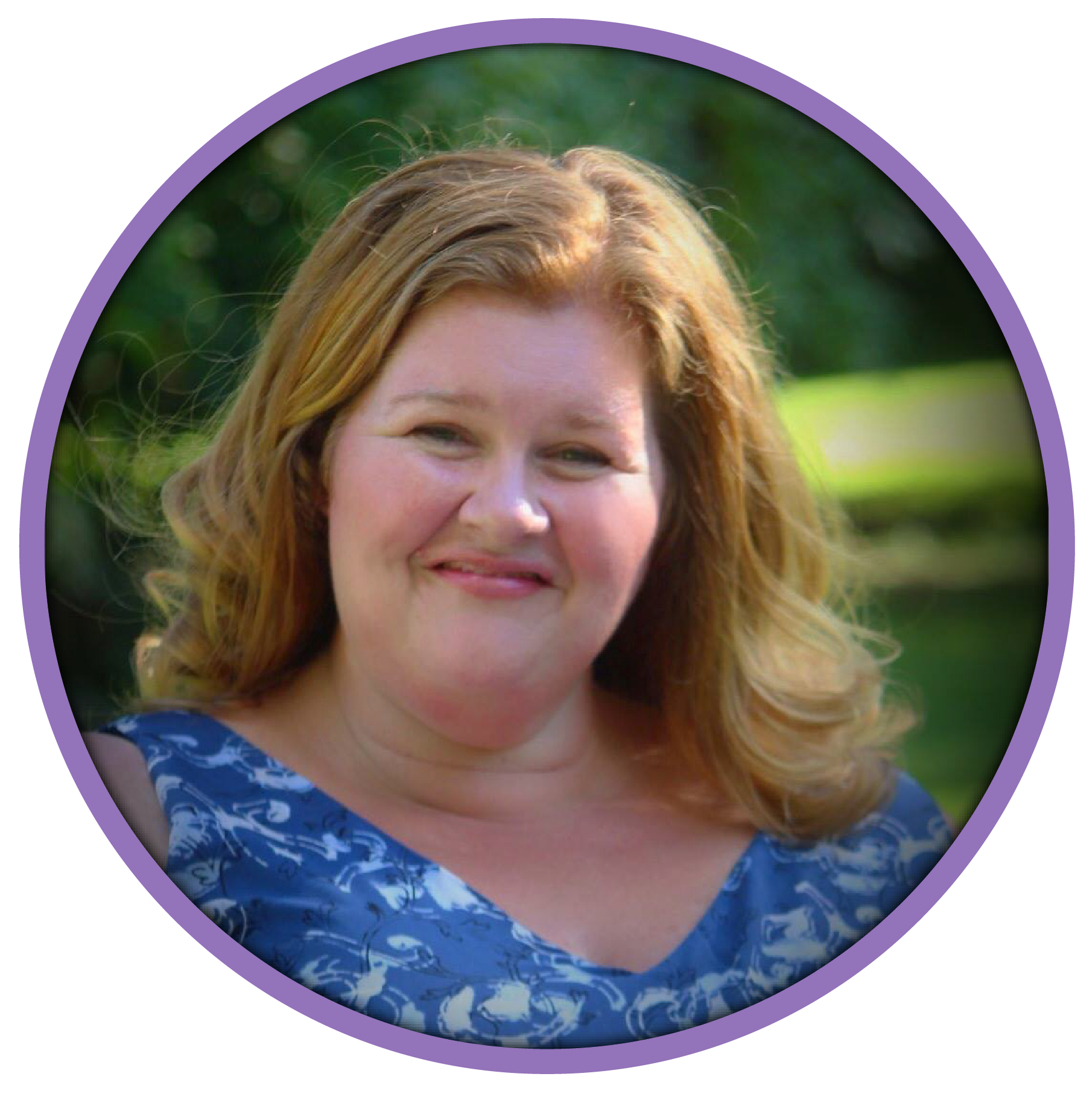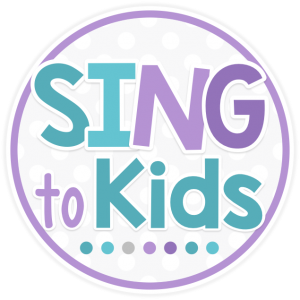One of my biggest goals as a teacher is to work smarter, not harder. Curriculum mapping is a great way to organize your instruction. Let’s walk through some simple steps to help you map out your music instruction for the coming school year!
Reflect
Before we begin, take a moment to reflect on your practice. We all know there are many ways to deliver music instruction.
- Do you use an approach such as Dalcroze, Kodaly, Music Learning Theory (MLT), or Orff? Or a combination of two more approaches?
- What kinds of learning experiences do you value in the music room?
- Do you use singing games or chants and nursery rhymes?
- Creative movement and folk dance?
- Instruments? What instruments and why?
- Creativity. composition, or improvisation?
- Music centers?
- Do you use traditional folk tunes, modern music, or world music in your instruction?
- What role does performances play in your program? Informances? How does that impact your instruction?
Teaching music is bigger than just an approach. It’s how our musical beliefs and values merge together to impact what we teach and how we teach it.
Content
Now that you’ve identified what you value instructionally, how do you prioritize the content you teach? There are so many things we can teach in music, but how do you focus on what will give you the biggest impact? As an MLT practitioner, I focus on tonal and rhythm skills, harmony, form, and composition. That’s not to say that I don’t value expressive elements, timbre, styles, or genres. I consider those secondary, in that I address them alongside teaching my prioritized content.
Once you’ve identified the content you want to teach, choose a few skills within each to focus your instruction. Do this for each grade that you teach. See my grade level content example below. You may find online examples of grade level content for Orff and Kodaly for reference as well. Reviewing a previous year’s content is important at the start of each new year too. Another thing to consider is how will you know when students have learned the content? Assessment of learning is just as important as the content you teach. Otherwise, how will you know when students have mastered what you’ve taught or are ready for new content? (Read more about assessment here.)
Sequence
Simply, sequence is the order you will teach the content. Will I teach sound before sight? Familiar to unfamiliar? Discrimination to Inference? One of the things I value about MLT is the that Gordon provides a Skill Learning Sequence to guide instruction. It provides a framework to use listening, singing and chanting, thought and understanding to move us to reading and writing music. It also reminds me of the importance to spiral instruction any time I introduce new content so that students have opportunities to experience it before labeling or creating with it. Other approaches have their own unique sequences. Use what works for you! One challenge for many music teachers is how to align our sequence with district curriculums or state benchmarks. When in doubt, consider the students in front of you and align your instruction to what they need.
Mapping
You’ve identified what to teach (content) and how to teach it (sequence,) now what? You’ll need to map out how to pace your content over time. I encourage you to use the KISS method. Keep It Simple Silly! Leave the details to repertoire and lesson planning. If you’re using a monthly map, remember that depending on your teaching situation, a month of lessons may be only 4 contacts. It may be easier to plan by the trimester or semester. Another important tip is to be flexible! The best-laid plans often go awry. Perhaps snow days impact instruction. Or students struggle with a particular concept. You may need to reteach or provide additional opportunities for mastery. As navigation apps have taught us, it’s ok to “reroute!”
Repertoire
Once you have mapped your content, the next step is selecting the repertoire that will best teach that concept or skill. Choosing repertoire that supports your content and sequence ensures that you always have something meaningful to teach. Use a variety of resources to build a rich repertoire list that gives you options at every level of learning. There are times when a class or grade may struggle with a specific concept. Having a list of songs or chants that address different melodic or rhythmic concepts is important, because you can refer to that list for additional material.
Lesson Plans
The final step is writing your lesson plans. Lessons plans are the steps you take day by day to achieve your instructional goals. This is where the learning experiences you reflected upon (singing, chanting, playing, moving, composing, etc.) connect with your content and sequence. Refer to your curriculum maps to help guide you over time. It’s also helpful to lesson plan using a digital planner of some kind. Over time, you’ll create a library of lesson plans that you can refer to, tweak from year to year, grade to grade, and help inform your practice!
Need a curriculum map tool? Check out my Music Planning Bundle on TeachersPayTeachers or here on my website!





This is great stuff, Jen! Thank you